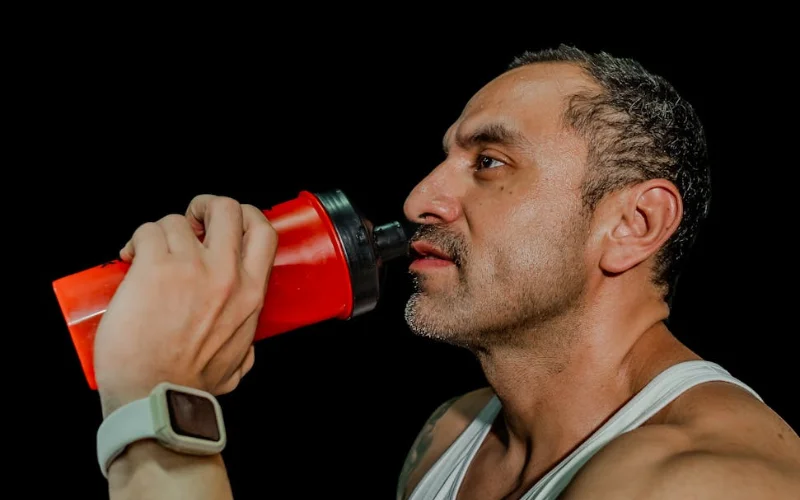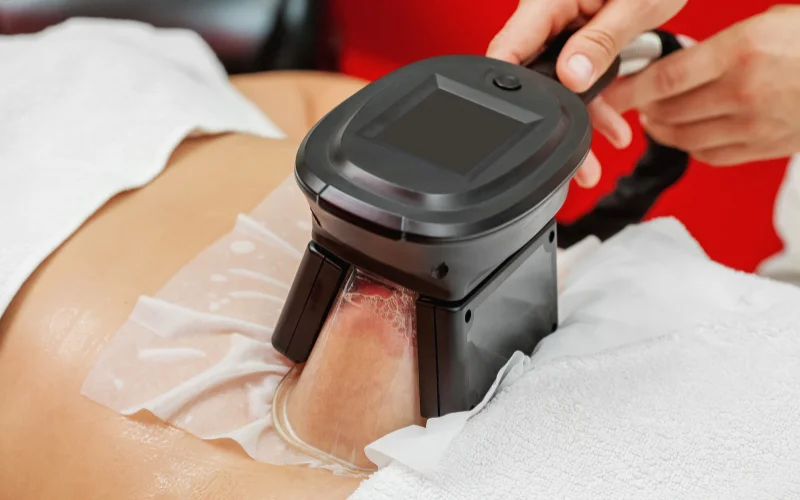Freckles are small, flat, brown spots that often appear on sun-exposed areas of the skin. While some people find freckles charming and unique, others may seek ways to reduce or eliminate them. This comprehensive guide will explore various methods on how to get rid of freckles, including natural remedies, medical procedures, and preventive measures. We’ll also discuss what causes freckles, when to see a doctor, and the potential risks involved in different treatments.
What Are Freckles?
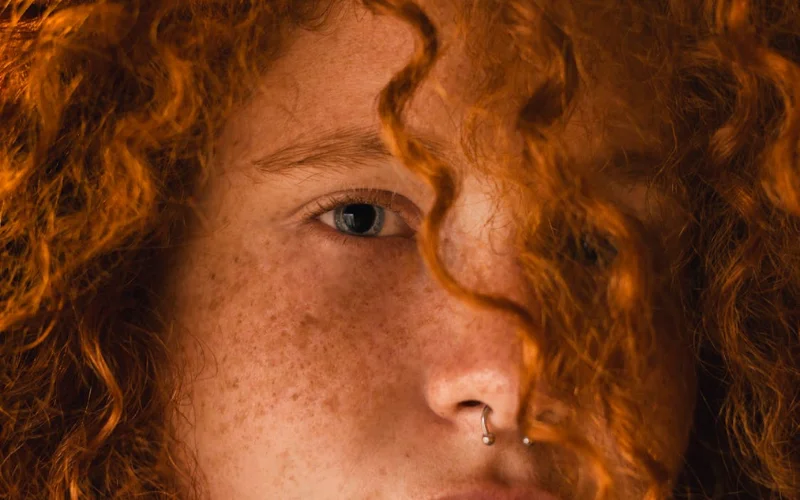
Freckles, also known as ephelides, are small, concentrated areas of increased melanin production. They are usually tan, brown, or red and appear predominantly on the face, arms, and shoulders. Freckles are more common in individuals with lighter skin tones and can become more pronounced with sun exposure.
Causes of Freckles
Freckles are small, flat, brownish spots that appear on the skin, typically in areas exposed to the sun. They are a common skin feature and can be influenced by a variety of factors. Understanding what causes freckles can help in managing and reducing their appearance.
- Genetic Factors: Freckles often run in families, indicating a genetic predisposition. People with fair skin and red or blonde hair are more likely to develop freckles.
- Sun Exposure: Ultraviolet (UV) radiation from the sun triggers the production of melanin, the pigment responsible for skin color. This can lead to the formation of freckles, especially in sun-exposed areas.
- Skin Type: Individuals with lighter skin tones are more prone to freckles because they have less melanin to protect against UV radiation.
- Hormonal Changes: Hormonal fluctuations, such as those occurring during pregnancy or puberty, can increase melanin production and lead to the development of freckles.
- Age: Freckles can become more prominent with age as the skin’s response to UV exposure changes over time.
How to Get Rid of Freckles: Natural Remedies
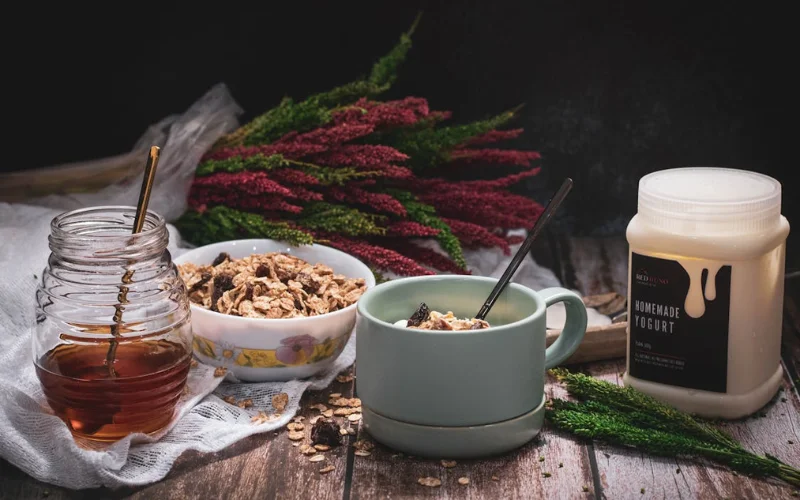
If you’re looking for natural ways to reduce the appearance of freckles, several home remedies can help. These methods use ingredients commonly found in your kitchen or garden and are gentle on the skin. While results may vary, many people find these natural treatments effective for lightening freckles over time.
Lemon Juice
Lemon juice is a popular natural remedy for lightening freckles. The citric acid in lemon juice acts as a natural bleaching agent, helping to fade freckles over time.
- How to Use: Apply fresh lemon juice directly to the freckles using a cotton ball. Leave it on for 10-15 minutes before rinsing with lukewarm water. Repeat daily for best results.
- Caution: Lemon juice can make your skin more sensitive to sunlight, so always apply sunscreen before going outdoors.
Honey and Yogurt Mask
A honey and yogurt mask can help lighten freckles while nourishing your skin. Honey has natural bleaching properties, and yogurt contains lactic acid, which can gently exfoliate the skin.
- How to Use: Mix one tablespoon of honey with one tablespoon of yogurt. Apply the mixture to your face and leave it on for 20 minutes. Rinse with lukewarm water. Use this mask 2-3 times a week.
- Benefits: This mask not only helps reduce freckles but also moisturizes and soothes the skin.
Aloe Vera Gel
Aloe vera gel is known for its soothing and healing properties. It can help reduce the appearance of freckles by promoting skin regeneration and lightening pigmentation.
- How to Use: Apply fresh aloe vera gel directly to the freckles and leave it on for 15-20 minutes. Rinse with lukewarm water. Repeat daily for best results.
- Additional Tip: Aloe vera gel can also be used as a natural moisturizer, keeping your skin hydrated and healthy.
Buttermilk
Buttermilk contains lactic acid, which can help exfoliate the skin and lighten freckles. It’s a gentle remedy suitable for all skin types.
- How to Use: Soak a cotton ball in buttermilk and apply it to the freckles. Leave it on for 10-15 minutes before rinsing with lukewarm water. Repeat daily for best results.
- Alternative: Mix buttermilk with oatmeal to create a natural exfoliating mask.
Turmeric and Milk Paste
Turmeric is known for its skin-brightening properties, while milk contains lactic acid that can help lighten freckles.
- How to Use: Mix one teaspoon of turmeric powder with enough milk to form a paste. Apply the paste to the freckles and leave it on for 15-20 minutes. Rinse with lukewarm water. Use this remedy 2-3 times a week.
- Precaution: Turmeric can temporarily stain your skin, so be sure to rinse thoroughly and use a gentle cleanser if needed.
Apple Cider Vinegar
Apple cider vinegar contains acetic acid, which can help lighten freckles and improve skin tone. It also has natural exfoliating properties that can remove dead skin cells, promoting a brighter complexion.
- How to Use: Mix equal parts of apple cider vinegar and water. Using a cotton ball, apply the mixture to the freckles and leave it on for 5-10 minutes before rinsing with lukewarm water. Use this remedy once daily for best results.
- Caution: Always dilute apple cider vinegar with water to prevent skin irritation, and do a patch test before applying it to your face.
Papaya
Papaya contains enzymes like papain that can help exfoliate the skin and lighten freckles. It also has vitamins and antioxidants that nourish the skin, promoting a healthy and even complexion.
- How to Use: Mash a small piece of ripe papaya and apply it directly to the freckles. Leave it on for 15-20 minutes before rinsing with lukewarm water. Repeat this remedy 2-3 times a week for best results.
- Additional Tip: You can also mix papaya with honey for added moisturizing benefits.
Cucumber Juice
Cucumber juice is another effective natural remedy for reducing freckles. Cucumbers are rich in antioxidants and have a cooling effect on the skin, which can help soothe and lighten freckles.
- How to Use: Grate a cucumber and extract the juice. Apply the cucumber juice to the freckles using a cotton ball. Leave it on for 20 minutes before rinsing with lukewarm water. Use this remedy daily for best results.
- Benefits: Besides lightening freckles, cucumber juice can also hydrate your skin and reduce puffiness.
Castor Oil
Castor oil is known for its skin-healing properties and can be used to reduce the appearance of freckles. It helps to even out skin tone and promotes skin regeneration.
- How to Use: Apply a few drops of castor oil to the freckles and massage gently for a few minutes. Leave it on overnight and rinse with lukewarm water in the morning. Repeat daily for best results.
- Additional Tip: For added benefits, you can mix castor oil with a few drops of vitamin E oil to enhance its skin-nourishing properties.
These natural remedies can help reduce the appearance of freckles over time. However, being patient and consistent with these treatments is important, as natural remedies may take longer to show noticeable results.
Cosmetic Options for Freckle Reduction
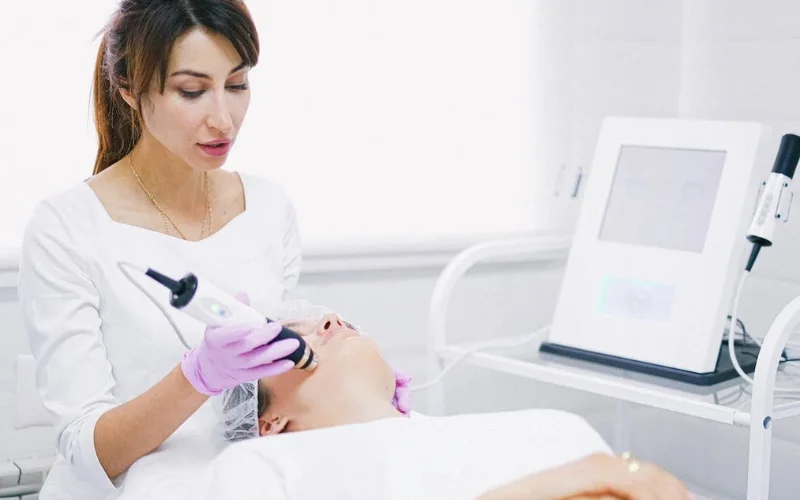
Cosmetic procedures can effectively reduce or eliminate freckles for those seeking more immediate or noticeable results. To determine the best action, these options should be discussed with a qualified dermatologist.
Laser Treatment
Laser treatment is a highly effective method for reducing the appearance of freckles. This procedure involves using concentrated beams of light that target and break down the melanin in the freckles. The laser’s precision allows it to treat specific areas without damaging the surrounding skin. Typically, multiple sessions are required to achieve optimal results, and the number of sessions will depend on the size, depth, and number of freckles.
One of the advantages of laser treatment is its relatively quick recovery time. Most patients experience minimal discomfort and can return to daily activities shortly after the procedure. However, following post-treatment care instructions, such as avoiding sun exposure and using prescribed skincare products, is essential to ensure the best results and prevent complications. Consulting with a qualified dermatologist is crucial to determine if laser treatment is the right option for your skin type and freckle condition.
Chemical Peels
Chemical peels are another popular option for reducing freckles. This procedure involves applying a chemical solution to the skin, which causes it to exfoliate and eventually peel off. The new, regenerated skin is usually smoother and has a more even tone, with fewer visible freckles. Chemical peels can vary in strength, from superficial peels requiring little downtime to deeper peels requiring longer recovery.
Superficial peels often use alpha-hydroxy acids (AHAs) or beta-hydroxy acids (BHAs) and can be done quickly with minimal discomfort. These are ideal for mild freckle reduction and overall skin rejuvenation. Medium to deep peels, which may use trichloroacetic acid (TCA) or phenol, offer more dramatic results but also come with increased risks and longer recovery times. It’s essential to have a thorough consultation with a dermatologist to choose the right type of peel for your skin and to understand the potential side effects and aftercare requirements.
Cryosurgery
Cryosurgery is a quick and effective method for removing individual freckles. This procedure involves applying liquid nitrogen to the freckles, causing them to freeze and eventually fall off. Cryosurgery is typically performed in a dermatologist’s office and requires minimal preparation and recovery time. It’s particularly effective for small, isolated freckles rather than widespread freckling.
While cryosurgery is generally safe, it can cause temporary side effects such as redness, swelling, and blistering at the treatment site. In rare cases, it may lead to scarring or changes in skin pigmentation. Following post-procedure care instructions, such as keeping the treated area clean and protected from the sun, is crucial to ensure proper healing. Consulting with a dermatologist will help determine if cryosurgery is the best option for your freckle concerns.
Microdermabrasion
Microdermabrasion is a non-invasive procedure that uses tiny crystals or a diamond-tipped device to exfoliate the skin. This treatment removes the outermost layer of dead skin cells, revealing fresher, smoother skin underneath. Microdermabrasion can help lighten freckles and improve overall skin texture and tone. The procedure is relatively quick, with minimal discomfort and downtime, making it a popular choice for those seeking gradual improvement.
Microdermabrasion is usually performed in sessions to achieve the best results. Each session typically lasts about 30 to 60 minutes, and patients can return to normal activities immediately afterward. While microdermabrasion is generally safe for most skin types, it’s essential to consult a dermatologist to determine if it suits your skin and freckle condition. Proper aftercare, including sun protection and gentle skincare, is crucial to maintain the results and prevent further freckle formation.
Just as with efforts to lose belly fat, choosing the right treatment for freckle reduction requires careful consideration and professional guidance to achieve the best and safest results.
Lifestyle Tips to Prevent Freckles
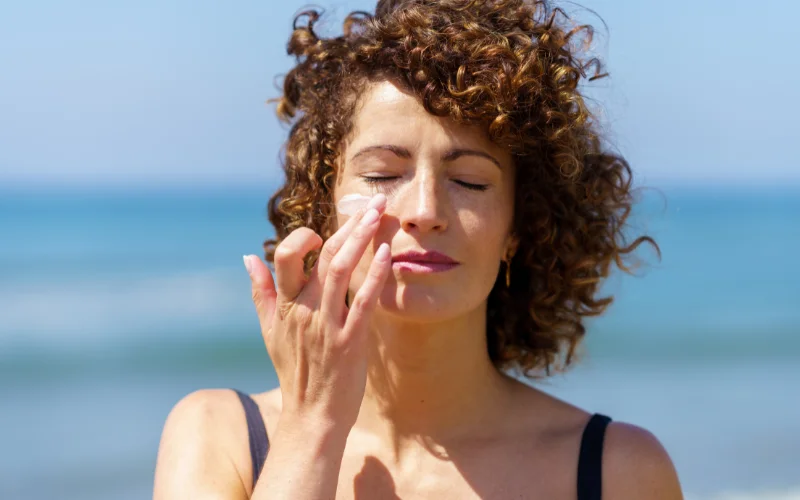
Preventing freckles is often easier than treating them. Incorporating certain lifestyle habits can help minimize their appearance and keep your skin looking even-toned.
Regular Use of Sunscreen
Applying a broad-spectrum sunscreen with at least SPF 30 daily can protect your skin from harmful UV rays and reduce the likelihood of freckle formation.
Wearing Protective Clothing
Using wide-brimmed hats, sunglasses, and long-sleeved clothing can shield your skin from direct sun exposure and prevent freckles.
Seeking Shade
To minimize UV exposure, stay in the shade whenever possible, especially during peak sun hours (10 a.m. to 4 p.m.).
Avoiding Tanning Beds
Tanning beds emit UV radiation that can increase melanin production and lead to freckles. Avoiding them can help maintain an even skin tone.
Healthy Diet
A diet rich in antioxidants, vitamins, and minerals can support skin health and potentially reduce the risk of freckle formation.
Regular Skin Check-Ups
Regular visits to a dermatologist can help monitor skin changes and provide professional advice on managing freckles and other skin conditions.
Risks and Considerations
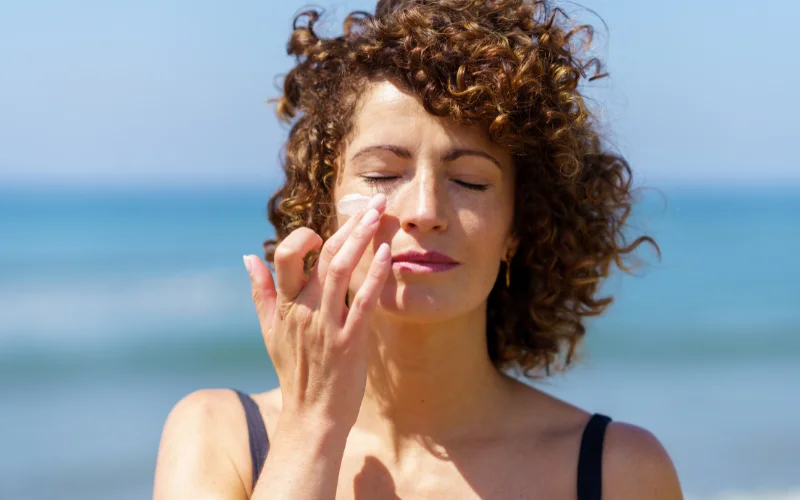
When exploring options for freckle reduction, it’s important to be aware of potential risks and considerations. Both natural remedies and medical treatments have their own precautions. Understanding these can help you make informed decisions about your skincare routine.
Skin Sensitivity
While generally gentle, natural remedies can still cause skin sensitivity or allergic reactions in some individuals. Ingredients like lemon juice or apple cider vinegar are acidic and can irritate the skin if used excessively. It’s crucial to perform a patch test before applying any natural remedy to your face to ensure you don’t experience adverse reactions.
Post-Treatment Care
Medical and cosmetic treatments like laser therapy, chemical peels, and cryosurgery require diligent post-treatment care. Failing to follow aftercare instructions can lead to complications such as infections, scarring, or prolonged redness. Always adhere to your dermatologist’s advice to ensure proper healing and optimal results.
Long-Term Effects
While many treatments can effectively reduce freckles, it’s important to consider the long-term effects on your skin. Overusing certain treatments, especially those involving chemicals or lasers, can lead to skin thinning, hyperpigmentation, or other skin issues. Consulting with a dermatologist can help you weigh the benefits and risks of long-term use.
When to See a Doctor
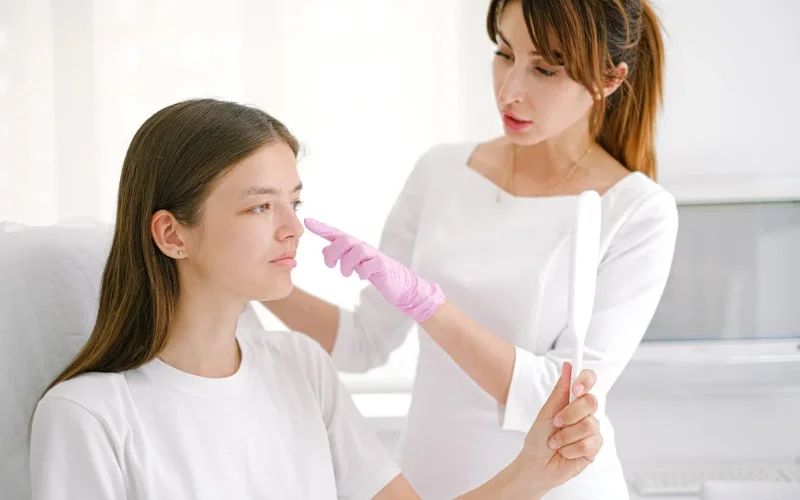
If you notice significant changes in your freckles, such as rapid growth, irregular borders, or color changes, it’s essential to consult a dermatologist. These changes could indicate skin conditions that require medical attention, including skin cancer. Additionally, if natural remedies or over-the-counter treatments cause severe irritation or don’t yield results, a professional evaluation can provide safer and more effective alternatives. Early intervention and professional guidance are key to maintaining healthy skin and promptly addressing underlying issues.
Conclusion
Freckles are a common skin condition that can be managed with various natural remedies and medical procedures. While some people embrace their freckles, others may seek ways to reduce or eliminate them. By understanding the causes of freckles, exploring different treatment options, and taking preventive measures, you can achieve clearer, more even-toned skin. Always consult a dermatologist before starting any new treatment to ensure it’s safe and effective for your skin type.
FAQs
1. Can freckles be permanently removed?
While some treatments can significantly reduce the appearance of freckles, completely and permanently removing them can be challenging. Freckles may reappear with sun exposure, so ongoing sun protection is essential.
2. Are freckles a sign of skin damage?
Freckles are not harmful, but they can indicate increased sun exposure, which can lead to skin damage over time. Protecting your skin from the sun is important to prevent further damage.
3. Can I use over-the-counter creams to lighten freckles?
Over-the-counter creams containing hydroquinone, retinoids, or alpha hydroxy acids can help lighten freckles. However, it’s best to consult a dermatologist to ensure the product suits your skin type and condition.



